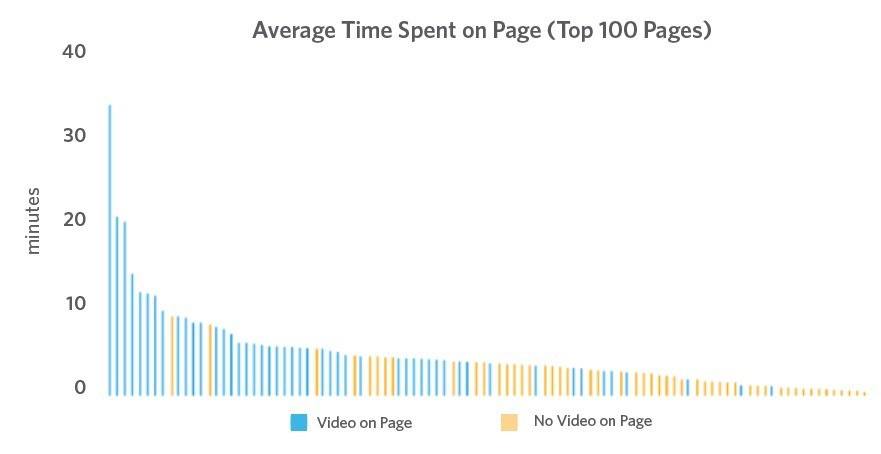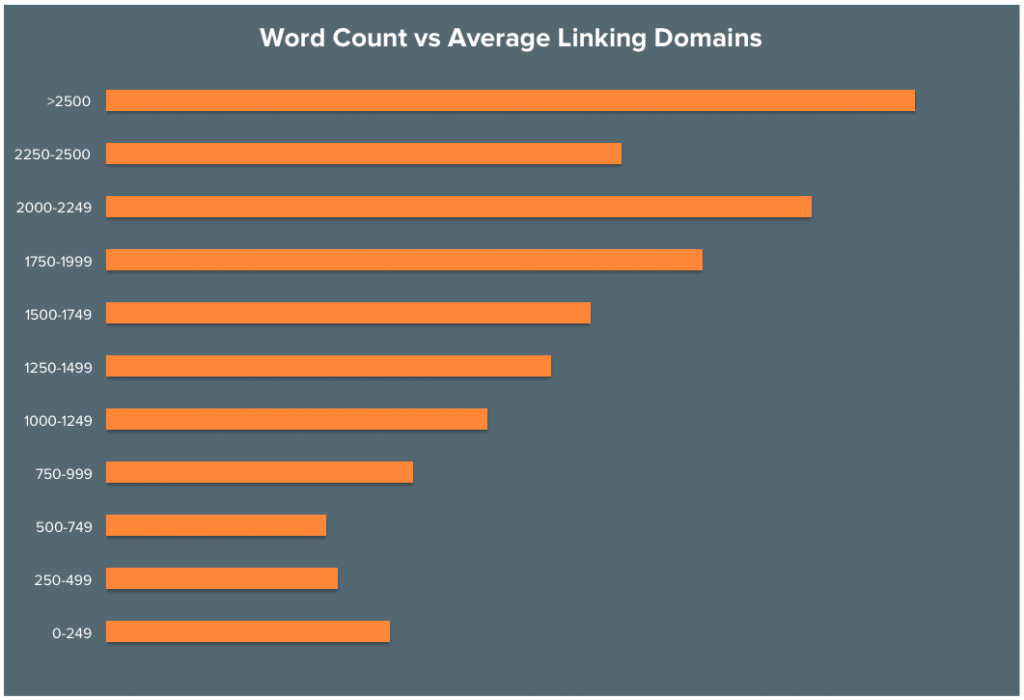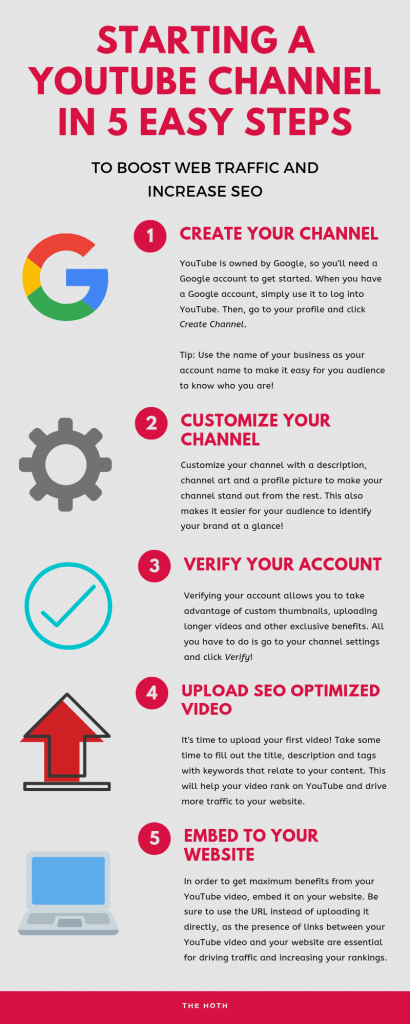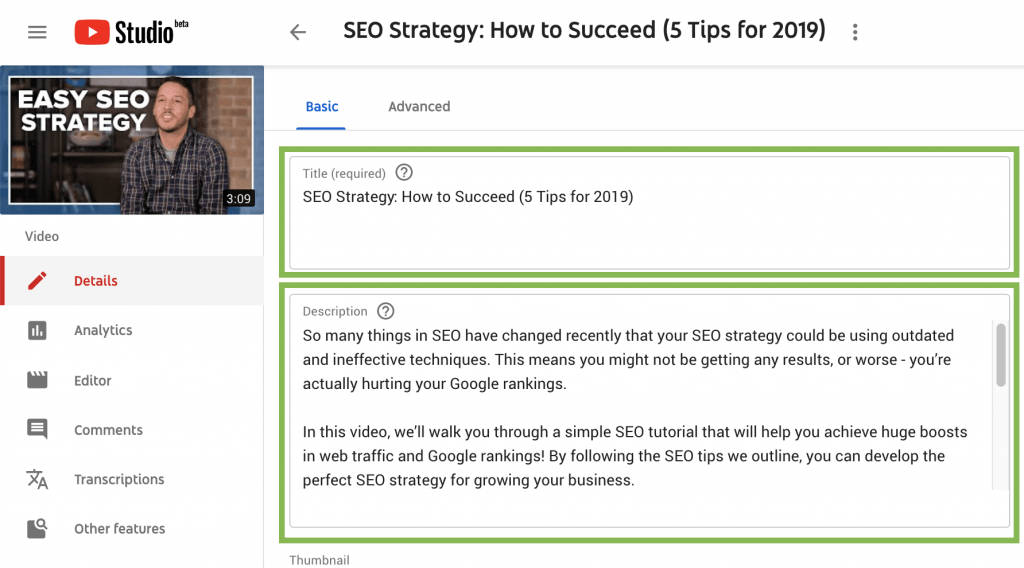What are Backlinks Tier 1, Tier 2, Tier 3 Backlinks? Do Tier 2 Backlinks help my Google Ranking?
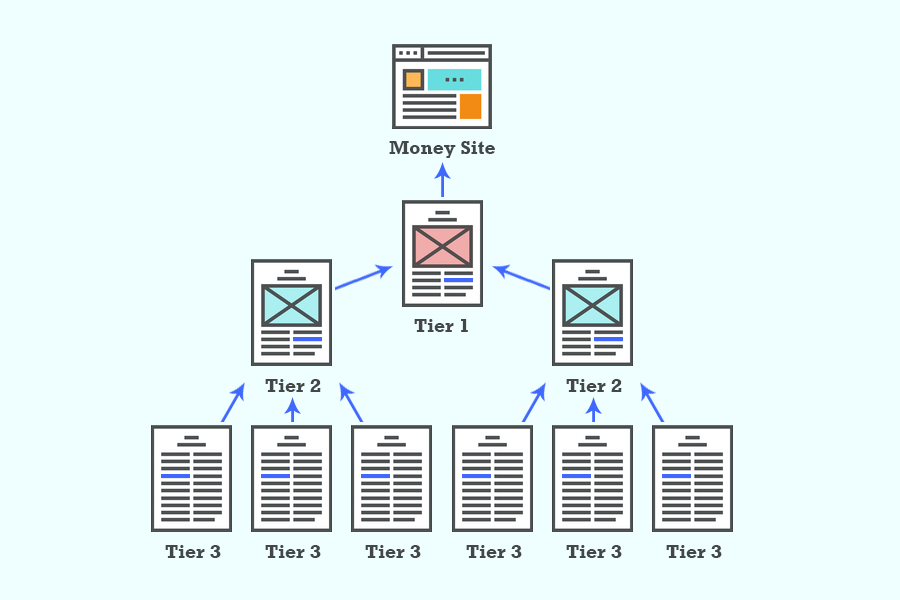
As often happens, a pure chance made me consider Tier 2 link building as an effective tool for my SEO purposes.
A long time ago, I was working on SEO for a client’s website and placed a link to it in Wikipedia in the References section. It was a quality and valuable “How to” article relevant to the one in Wikipedia. In spite of this, this backlink was deleted by Wiki moderators.
After some time, I received a guest post containing an about.com link (back to when this site accepted articles or external contributors). I added this post to the same Wiki article. A miracle happened: moderators didn’t delete the link to the about.com article. You hardly need explanations; this about.com article was less valuable and informative than that article published on the client website. Eventually, Wikipedia made reference to the article on about.com, and the article, in turn, to the page I needed.
This made me think about using this method with other trusted resources, where strict moderation is in place. Consequently, I got referral backlinks on other popular sites, among which were also Reddit and Digg (a very popular community in the past). Far from being deleted, the links and responses in these sites were highly rated by users and contributed to their visibility. Such visibility also gave more referral traffic to my client’s site.
As it turns out, referral traffic is not what we’re focusing on here. I noticed a direct relationship between Tier 2 link building and growth in ranking for the main website. In doing so, the quantity of Tier 1 referring links could remain the same, but Google positions kept growing.
That’s the real magic! Especially considering that competitors usually follow only Tier 1 links and, rarely, Tier 2 links.
Later I tested lots of different Tier 2 and Tier 3 backlinks building techniques. Not all of them were effective and safe. For example, getting Tier 2 and Tier 3 links by using services on Fiverr turned out to be an absolutely useless activity.
I’ve highlighted the ones that proved to the most efficient, with minimum time and money lost. The last factor is particularly important since link building in competitive niches requires a huge budget.
What is Tier 1, Tier 2 and Tier 3 link?
Tier 1 links are backlinks directly referring to your website. These could be both “links” to whose origin you have nothing to do with, and artificially obtained links.
Tier 2 links are leading to the pages that contain Tier 1 links. And, consequently, Tier 3 links are leading to Tier 2.
But to what extent can Tier 2 link building make your main backlinks more powerful?
Now I’ll explain the point of getting Tier 2 links instead of lots of Tier 1 links. The benefit of a more link optimized page with a backlink leading to your site could be several times higher than of any additional Tier 1 link.
It is easier to bring an article published on a popular trust site to top rank on Google, than on your own (client) site with lesser traffic and low DA and trust parameters.
There are several reasons for it. Trusted, authoritative sites have:
- more Google trust;
- more likes and shared in social networks;
- more natural links that appear right after the article was published;
- more fragmental retyping by other sites (often with a referent link to the source).
I know that some SEOs aren’t keen on optimizing web pages instead of their own.
Don’t worry. If you identify the right pages for SEO and use economical but effective Tier 2 link building techniques, you’re likely to win.
You’re likely to spend the same time and money, but the result will be much better than what you get if you concentrate only on Tier 1 links creating.
How to spot ideal Tier 1 links pages for optimization?
Obviously, not all Tier 1 links need additional Tier 2 links. For example, there’s no point in strengthening an external web page, where the link to your competitor’s site is also placed in addition to the link to your site. There’s also no need in strengthening pages containing irrelevant or partially relevant content.
There are four main factors that’ll help you identify ideal pages for Tier 2 link building:
1. Trusted and authoritative sites’ pages
These sites score higher on DA and trust parameters than your website. Use Google trust for your purposes.
You should take into account that getting such backlinks is often a dramatic money loss (and it requires much time, at the very least). It’ll be more logical not to let anything go, but promote the links with the help of Tier 2 links.
2. Pages on sites with relevant topics
I am referring to domain relevance. In this case, if the article is relevant to the subject matter covered in your main link, the positions in search results will be more likely to grow.
If all four components coincide – a subject of a donor domain, a subject of a published article, an anchor text of a link in an article and a subject of an acceptor – this is the perfect combination for Tier 2 promotion.
3. Pages with dofollow links
Though Google is not ignoring nofollow links anymore, the dofollow links’ effectiveness is still the most important for SEO. If you strengthen Tier 1 links, only do it with the dofollow ones.
4. Pages with business anchor links
There’s no point in placing Tier 2 links on the page where Tier 1 link is without anchor or has an alternative anchor. Choose pages where anchor links correspond to the keyword you’re targeting. These links will be the most effective, and they will fully transfer the link weight to the acceptor.
Let me tell you about Tier 3 link building pages selection a little later.
Tier 2 Link Building Techniques
When you’ve identified Tier 2 link building pages, it’s time to start promoting them.
This is particularly important, because Tier 2 and Tier 3 link building requires a more modest budget than that for any Tier 1 links.
Here are 5 most effective Tier 2 link building techniques:
Links in social networks
Just after an article is published, share it across all social media. If you have an opportunity to add the article to relevant groups (for Facebook) or channels (Telegram), just do it! If you don’t have such an opportunity, search for it.
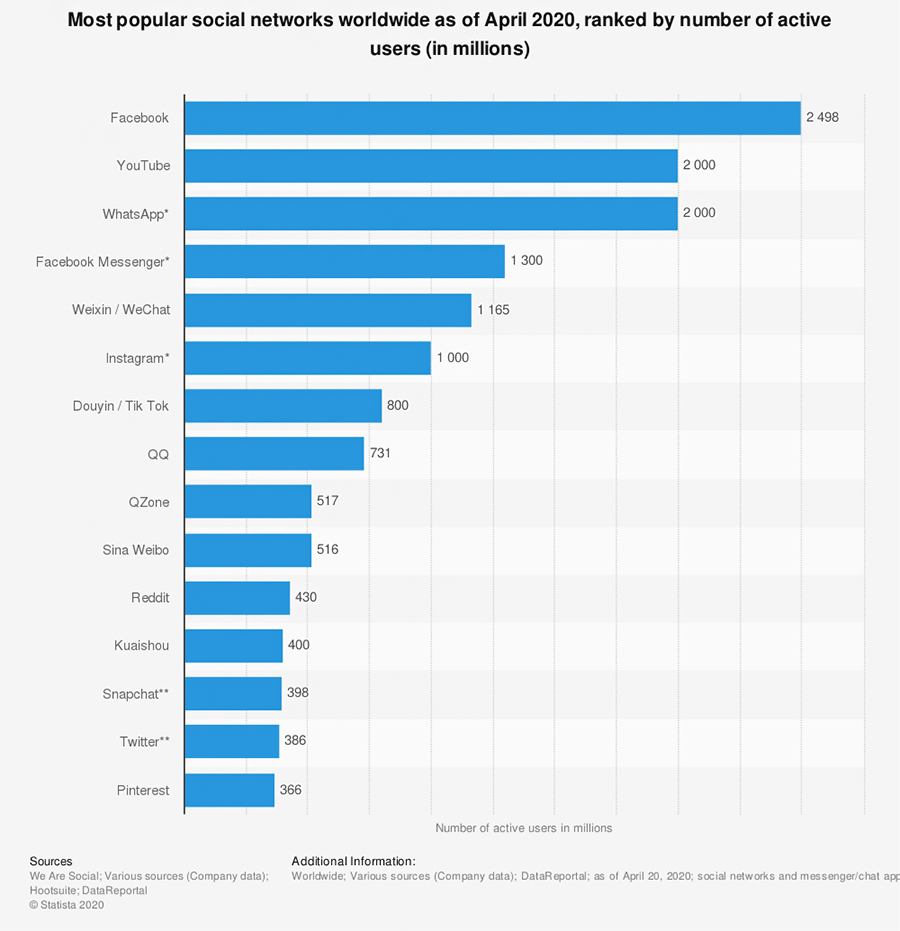
Important! the more coverage you make the first time the article is published, the more chances there are for it to be noticed by notable media and opinion leaders in your niche. Remember that people are more likely to share the materials from authoritative sources. And this is exactly what we have.
Links in communities and Q&A sites
In parallel with social media, target communities and Q&A sites. You could place a link to an already existing thread or create a new one. But don’t do this too promotional – present your article as useful material (especially if it is true). Through the right approach, this technique is likely to give you more referral traffic than any other.
Free guest posting
In the case of Tier 2 link building, using the sites that publish guest articles for free could be the best idea for getting links. You’re likely to spend your budget only on content making, far from paying website owners. This will definitely reduce your costs for getting backlinks.
Cheap premium guest posting
In addition to free guest posts, I use the sponsored ones, keeping the cost below $50 for one post. You can find quite a few websites that will publish your article at a low cost. Last but not least, article quality requirements are less strict than those of free guest blogging.
Important! Avoid sites that regularly sell links or publishing of guest posts. The utility of such publications is questionable.
How to identify such problem donors?
There are several telltale signs that could help you:
- Such sites generally have a page mentioning the price for guest posting. I don’t work with such blogs.
- You could often see such sites in the lists sent to your email. They make offers of publications with links from them. You should also avoid them.
- Such sites don’t have a specific niche and accept diverse content. As usual, they have a catch-all menu with various categories.
- Such sites are not against forbidden content (adult, casino, pharmacy, and other). They often charge higher for such publishing.
- These sites don’t often have their own social media accounts. And if such sites do have them, then they are often abandoned pages with zero subscribers, no recent posts, and minimal activity in the form of comments on posts.
- Sites of this kind usually (but not always) have low organic traffic. You can check their traffic with the help of SimilarWeb or Ahrefs.
- The very sites often have a high spam parameter. You can check it through Moz, LinkResearchTools, or CheckTrust.
Additional guest post links
Often the sites that accept guest posts (especially sponsored ones) allow placing more than one referral backlink. It’s wise to use them for getting Tier 2 links. Thus, you’re likely to get one main link to the main project and one or two links for Tier 2 pages from one publication. This technique not only keeps your expenses in check but is also very effective.
Important! When using this technique, mind that Tier 1 and Tier 2 links in one publication should not be from the same branch. This means that the second link should link to an article in which the link URL does not match the first link.
Forum links
Firstly, if properly built, they give referral traffic, which makes such Tier 2 links more valuable.
Secondly, they are timeless: if such links are not deleted on the forums during the first month, they’re likely to remain there forever.
And thirdly, they are available at cost, which is also an important factor.
Actually, forums are ideal sources for getting Tier 2 links. Remember that when you place a forum link not to your website but to a famous and authoritative one, the forum moderators will be tempted to let it remain because they don’t suspect you’re doing it for your vested interest, and the forum members benefit from the content. That is, of course, provided that the article is really valuable.
Important! Refrain from using exact business anchors in forum links. If frequently used, business anchors could be insecure, especially when they are the only things to use. That’s why you should use just URLs without any anchor texts more often.

When and How Should One Use Tier 3 Link Building?
I use Tier 3 link building only for the pages that have already shown good response to Tier 2. In this case, I lean on the Pareto Principle to define the appropriate Tier 2 pages.
For each publication with Tier 2 links, I control rankings by the most important keywords. If after some time the rankings are growing, then it is a good sign that they can be strengthened by Tier 3 links. Consequently, if there is no position growth, the pages are not likely to get extra Tier 3 backlinks.
In my experience, authoritative pages grow well in search queries due to their high quality and well-defined content. As for ‘one-size-fits-all’ articles with a superficial topic analysis, they don’t usually give significant results.
Tier 3 link building techniques
They are the same as for Tier 2 link building, except sponsored guest posting. In most cases, I limit myself to social networks, Q&A sites, forums, and second links in guest posts.
Automatic Tier 2 and Tier 3 link placing techniques
There is another slippery slope that can’t be omitted.
Should one take them into consideration? They definitely should not be used for the white hat niches I work with. That’s true even for Tier 3 link building.
Firstly it’s a moral issue, because when you create spam links for somebody else’s sites and their owners would not appreciate such a link profile.
The main issue is the following. If a page linking to your main site will sharply drop down in SERP as a result of Google sanctions (your active work with it in Zennoposter), your site is likely to undergo negative effects too.
Probably, several such links will not do much harm. But if they grow in number, Google is likely to recognize it as your site getting links artificially.
That’s why this is one of the reasons you should monitor SERP positions for all the pages you strengthen by Tier 2 links. If the positions suddenly drop down, that’s a really bad sign. Contact the donor’s administrators immediately and ask them to delete the link in such an article.
If you are not sure you’ll delete the link at once, never use such automatic link placing techniques.



